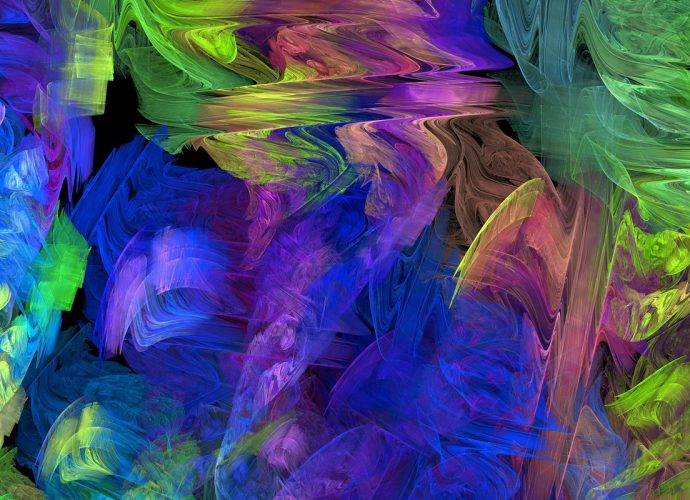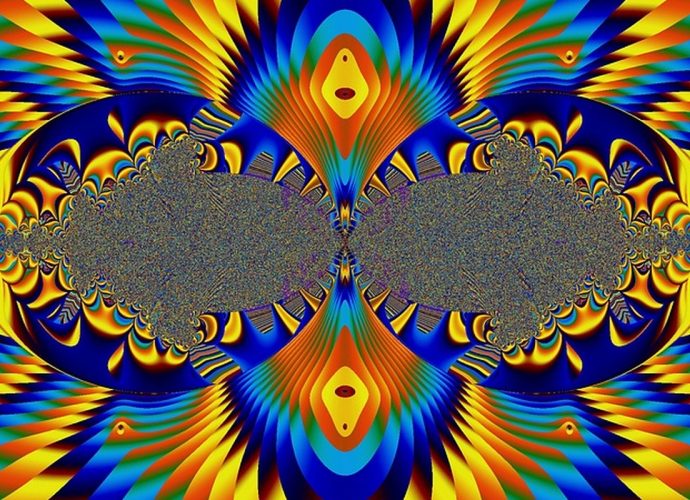Why Is Hydrogen Peroxide Not Recommended For Wounds?
When poured onto a cut or scrape, hydrogen peroxide encounters blood and damaged skin cells. These contain an enzyme called catalase, which breaks down the hydrogen peroxide into water and oxygen. The fizzing you see in the form of bubbles is the oxygen gas escaping. How long do you letRead More →






